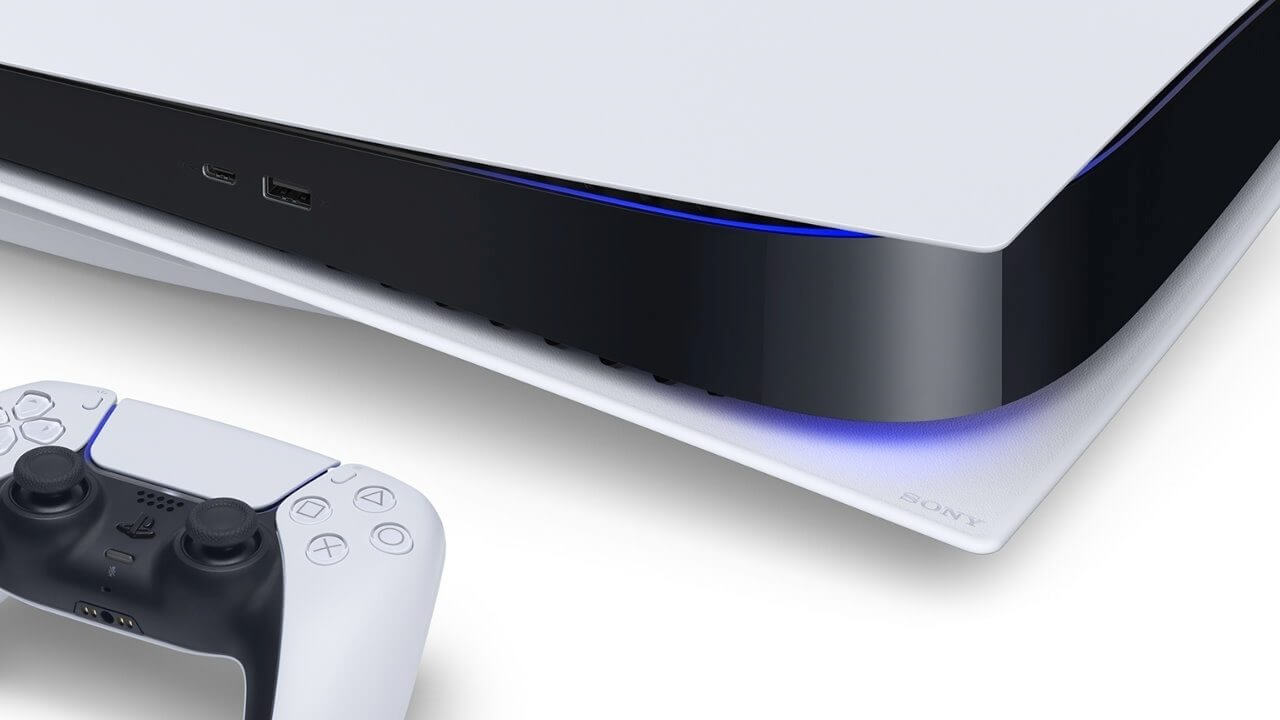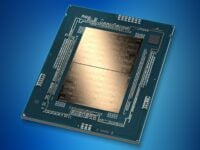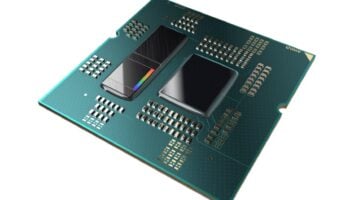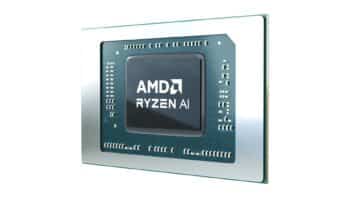A lot has been said about the processors powering the next-generation consoles. Officially, both are based on AMD’s Zen 2 core architecture and fabbed on TSMC’s N7 node, there are some irregularities as with most custom designs. The PS5 CPU especially looks a fair bit different than the stock Zen 2 cores. As per earlier analyses by @Locuza on Twitter, the FPU section of the Zen 2 core on the PS5 appears to have been gotten smaller registers compared to the vanilla design.
- Read the review of the AMD 4700S from HardwareLuxx here.
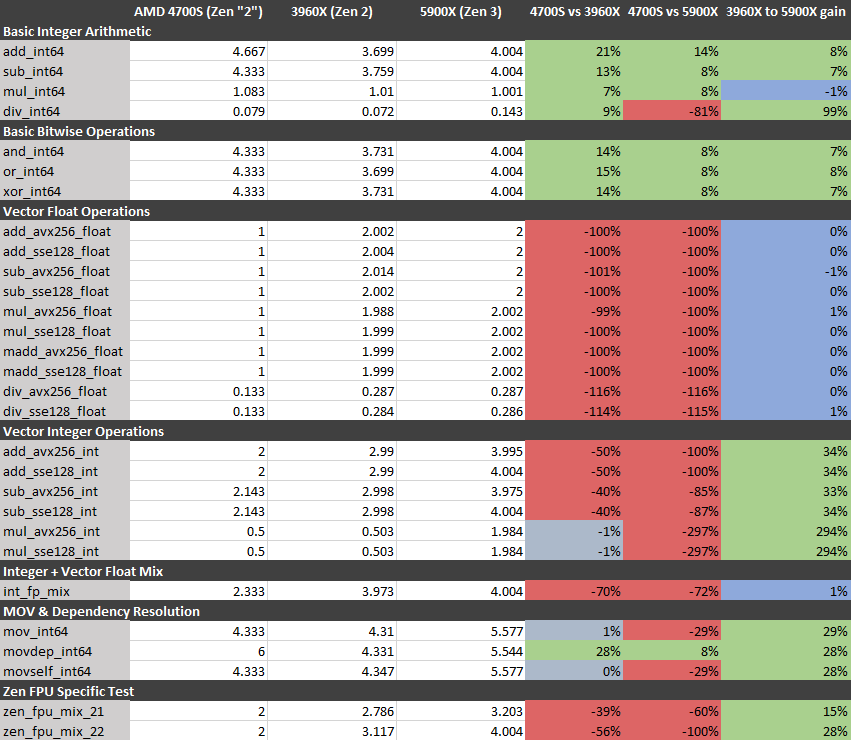
In an update from @Nemez (benchmark data from @ashilling), it appears that the FPU on the PS5 (using the 4700S which is basically the same SKU) is significantly slower than the Zen 2 and Zen 3 FPUs powering the Ryzen 3000 and 5000 CPUs, respectively. The vanilla Zen 2/Zen 3 chips are twice as fast as the 4700S (PS5) across most vector FP operations such as AVX256_float, SSE128_float, including add, div, sub, mul, and div.
In Vector Integer instructions such as AVX256_int, SSE128_int, the deltas are less pronounced compared to the Zen 2 core, but Zen 3 continues to be twice as fast. Interestingly, the 4700S is on par with Ryzen 3000 cores in multiplication, but 40-50% slower in add and subtract using the same data sets and instructions. Normally, it would be the other way around, as we see compared to the Ryzen 9 5900X where the PS5 is a whopping 300% slower in AVX256/SSE128 based int multiplication, and roughly 100% slower in add and subtract. It looks like this is a limitation with the Zen 2 architecture as its successor makes rapid strides in that department.
In another surprise reveal, it was found that the integer units on the PS5 are faster than both Zen 2 and Zen 3 (though marginally). In 64-bit add and subtract, the 4700S was 21% and 13% faster than Zen 2, while leading Zen 3 by 14% and 8%, respectively. The differences are smaller in multiply and divide, with Zen 3 once again being considerably faster than both the 4700S and Zen 2 in the latter. In simpler bitwise operations, the PS5 is around 15% faster than Zen 2 and 8% faster than Zen 3.
Overall, the CPU powering the PS5 is an interesting design but one can’t help but wonder about the considerably slower FP performance. AVX256 is quite common in modern titles, and some games require basic AVX support to even start. Only time will tell if this was shortsightedness on Sony’s part or a clever compromise.
